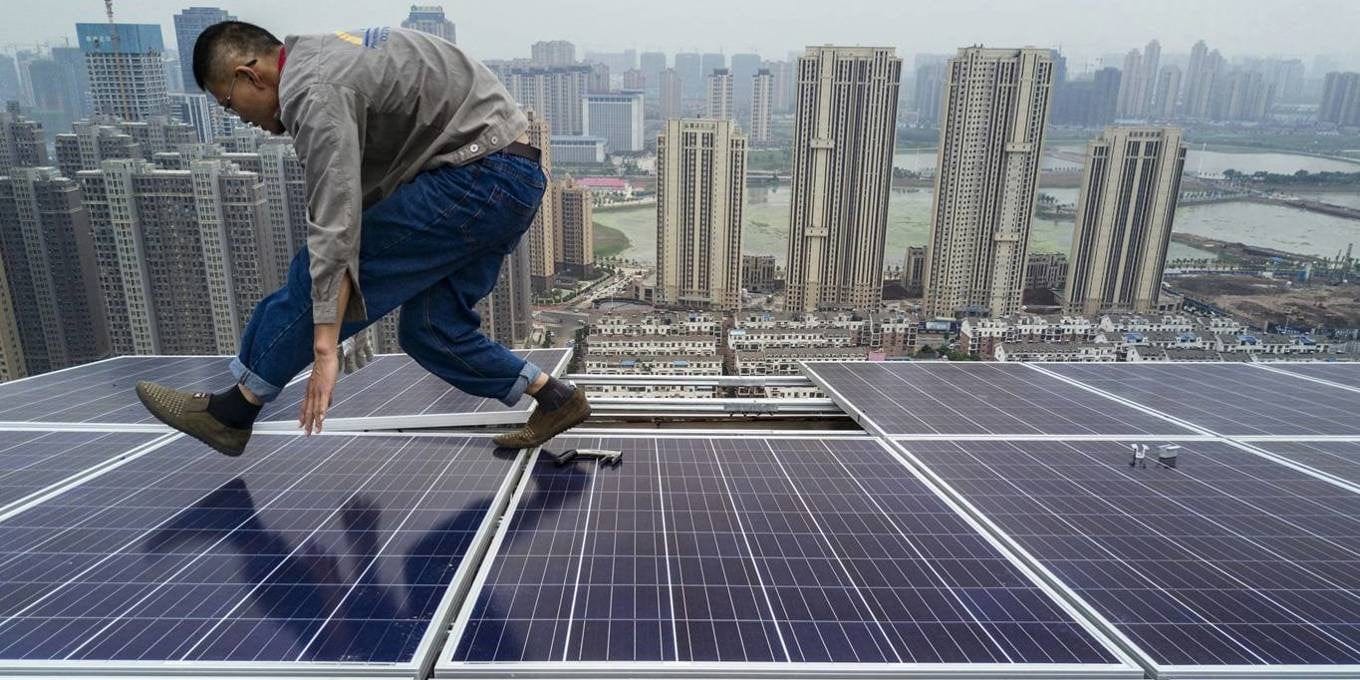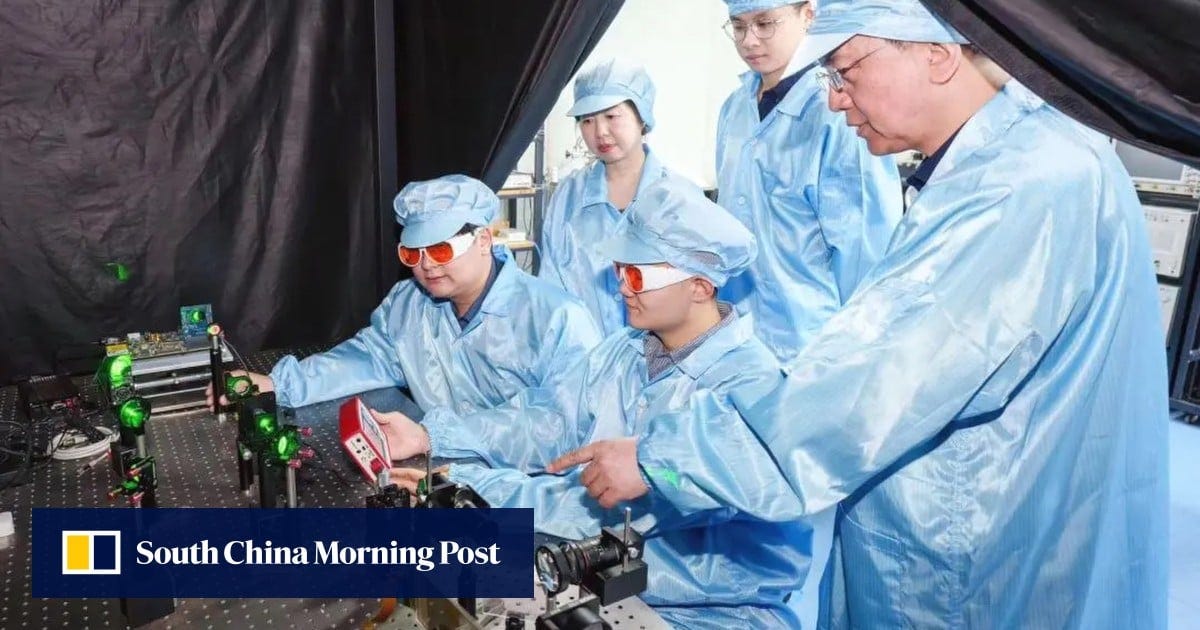Green Light, Green Speed
Don’t Fret About Green Subsidies, Chinese scientists create world’s fastest vision chip for autonomous cars, defence.
Don’t Fret About Green Subsidies
By Dani Rodrik (Project Syndicate)
Governments should stop decrying each others’ green industrial policies as norm violations or dangerous transgressions of international rules. The moral, environmental, and economic arguments all favor those who subsidize their green industries, not those who want to tax others’ production.
A trade war over clean technologies is brewing. The United States and the European Union, worried that Chinese subsidies threaten their green industries, have warned that they will respond with import restrictions. China, in turn, has lodged a complaint at the World Trade Organization about discriminatory provisions against its products under US President Joe Biden’s landmark climate legislation, the Inflation Reduction Act (IRA).
On a recent trip to China, US Secretary of the Treasury Janet Yellen warned China directly that the US would not stand by in the face of China’s “large-scale government support” for industries such as solar, electric vehicles, and batteries. Reminding her audience that the US steel industry had previously been decimated by Chinese subsidies, she made clear the Biden administration’s determination not to allow green industries to suffer the same fate.
China has scaled up its green industries with mind-boggling speed. It now produces nearly 80% of the world’s solar PV modules, 60% of wind turbines, and 60% of electric vehicles and batteries. In 2023 alone, its solar-power capacity grew by more than the total installed capacity in the US. These investments were driven by a variety of government policies at the national, provincial, and municipal levels, allowing Chinese firms to travel rapidly down the learning curve to dominate their respective markets.
But there is a big difference between solar PV cells, electric vehicles, and batteries, on one hand, and older industries such as steel and gas-powered cars. Green technologies are crucial in the fight against climate change, making them a global public good. The only way we can decarbonize the planet without undermining economic growth and poverty reduction is to shift to renewables and green technologies as rapidly as possible.
The case for subsidizing green industries, as China has done, is impeccable. Beyond the usual argument that new technologies provide know-how and other positive externalities, one also must account for the immeasurable costs of climate change and the huge prospective benefits of accelerating the green transition. Moreover, because the knowledge spillovers cross national borders, China’s subsidies benefit not only consumers everywhere, but also other firms along the global supply chain.
Another powerful argument follows from second-best reasoning. If the world were organized by a social planner, there would be a global carbon tax; but, of course, there is no such thing. Although a variety of regional, national, and subnational carbon-pricing schemes do exist, only a tiny share of global emissions is subject to a price that comes close to covering the true social cost of carbon.
Under these circumstances, green industrial policies are doubly beneficial – both to stimulate the necessary technological learning and to substitute for carbon pricing. Western commentators who trot out scare words like “excess capacity,” “subsidy wars,” and “China trade shock 2.0” have gotten things exactly backwards. A glut in renewables and green products is precisely what the climate doctor ordered.
China’s green industrial policies have been responsible for some of the most important wins to date against climate change. As Chinese producers expanded capacity and reaped the benefits of scale, the costs of renewable energy plummeted. In the space of a decade, prices fell by 80% for solar, 73% for offshore wind, 57% for onshore wind, and 80% for electric batteries. These gains underpin the creeping optimism in climate circles that we might just be able to keep global warming within reasonable bounds. Government incentives, private investment, and learning curves proved to be a very powerful combination indeed.
With the IRA, America already has its own version of China’s green industrial policies. The law provides hundreds of billions of dollars in subsidies to facilitate the transition to renewables and green industries. While some of the tax incentives do favor domestic producers over imports (or are available only with stringent sourcing requirements), these blemishes must be seen in the context of the political compromises needed to ensure the legislation’s passage. They may be a small price to pay for what many analysts view as a climate-policy “game changer.”
Countries have other interests besides the climate, of course. They can harbor legitimate concerns about the consequences of other countries’ green-industrial policies for jobs and innovative capacity at home. If they judge that these costs outweigh the climate and consumer benefits, they should be free to impose countervailing tariffs on imports, as trade rules already allow. It would be better for the world overall if they didn’t react that way, but nobody can or should stop them.
In fact, before globalization and the tightening of trade rules went into overdrive in the 1990s, it was not uncommon for countries to negotiate informal arrangements with exporters as a way to moderate import surges and keep exporters reasonably happy. Recall the Multifiber Arrangement for garments in the 1970s, and the voluntary export restrictions for autos and steel in the 1980s. While economists decried these schemes as protectionist, such arrangements did little damage to the world economy. They essentially acted as safety valves: by allowing pressure to escape, they helped keep the trade peace.
What governments should not do is decry green industrial policies as norm violations or dangerous transgressions of international rules. The moral, environmental, and economic arguments favor those who subsidize their green industries, not those who want to tax others’ production.
Chinese scientists create world’s fastest vision chip for autonomous cars, defence
By Zhang Tong (South China Morning Post)
Chinese scientists say they have developed the world’s first brain-inspired vision chip with two pathways that could have broad uses in autonomous vehicles and defence.
The team from Tsinghua University in Beijing say their chip, Tianmouc, has a record-breaking image processing speed. They said it had achieved high-speed sensing of up to 10,000 frames per second, a dynamic range of 130 decibels, and excellent spatial resolution. Data flow is reduced by 90 per cent compared with traditional high-speed imaging chips and power consumption is low.
“This is a perception chip, not a computational one, based on our original technical route,” project leader Shi Luping, a professor with the university’s Centre for Brain-Inspired Computing Research, said in a statement on Tsinghua’s website on Thursday.
“Firstly, it balances speed and dynamic performance in vision chips and introduces a novel computational method that diverges from existing machine vision strategies,” Shi said.
“Secondly, this approach mimics the human visual system’s dual pathway, enabling decision-making without complete clarity,” he said.
“The chip provides new directions for advancements in autonomous driving and defence sectors. It is poised to tackle some of the most challenging issues faced today, paving the way for numerous novel applications.”
The team reported on the development in the journal Nature on Thursday, with Shi and Professor Zhao Rong the corresponding authors of the study.





